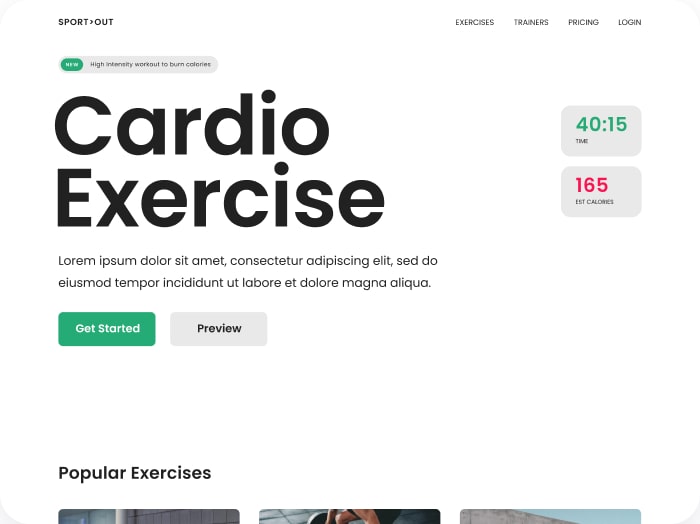Unveiling the Science Behind Basal Metabolic Rate and Its Role in Nutrition
Understanding how many calories your body burns at rest—known as your basal metabolic rate (BMR)—is crucial for anyone tracking their nutrition or managing weight effectively. The Calorie Calculator Cloud platform provides an advanced tool to help you decipher your BMR alongside other calorie needs, empowering you to tailor your diet precisely.
What Exactly Is Basal Metabolic Rate?
Basal Metabolic Rate refers to the minimum number of calories your body requires to maintain essential physiological functions such as breathing, blood circulation, cell production, and nutrient processing while at complete rest. Essentially, it’s the energy expenditure necessary to keep you alive without any physical activity or digestion taking place.
This is a fundamental component of your total daily calorie expenditure, often accounting for the largest share, sometimes up to 60-75%. Without knowing your BMR, any calorie counting or diet planning would be less accurate since you wouldn’t understand your body’s baseline energy needs.
Why BMR Is Central to Calorie Calculations
To design an accurate nutrition plan or calculate daily calorie intake, you begin with your BMR and then factor in your activity level, thermic effect of food, and exercise. This is typically done by multiplying your BMR by an activity multiplier that ranges from sedentary (around 1.2) to very active (up to 1.9).
The formulaic approach makes BMR the cornerstone of calorie calculators, including reliable tools such as those powered by Calorie Calculator Plans. These allow users to input their individual data and get personalized calorie recommendations for maintenance, weight loss, or muscle gain goals.
How Is BMR Calculated? Exploring Popular Formulas
There are several equations widely used to estimate basal metabolic rate, each incorporating your age, weight, height, and sex. The two most commonly referenced formulas are the Harris-Benedict equation and the more recent Mifflin-St Jeor equation, with the latter often regarded as more accurate.
- Harris-Benedict Equation: One of the earliest formulas developed in 1919, which calculates BMR based on fixed coefficients for weight, height, and age. Although useful, it tends to overestimate calorie needs in some populations.
- Mifflin-St Jeor Equation: Developed in the 1990s, this formula refines estimates and is endorsed for its accuracy in clinical and fitness settings.
For example, using Mifflin-St Jeor, a 30-year-old female weighing 65 kg and standing 165 cm tall would estimate her BMR as:
BMR = (10 × 65) + (6.25 × 165) – (5 × 30) – 161 = 1,393 calories/day
This means her body burns approximately 1,393 calories each day at rest, which forms the foundation for calculating her total calorie needs.
Advanced Methods: Including Body Composition for Greater Precision
For individuals with detailed knowledge of their body fat percentage, the Katch-McArdle formula offers an alternative that estimates resting daily energy expenditure while factoring in lean body mass. This can provide a more accurate reflection of metabolic rate, especially in athletes or people with lower body fat.
Utilizing BMR Knowledge with Real-world Applications
Consider a case study of a 40-year-old male who is 180 cm tall and weighs 80 kg:
- Calculating BMR with Mifflin-St Jeor yields about 1,776 calories/day.
- Multiplying by an activity factor of 1.55 (moderate activity) estimates total daily calorie needs to be around 2,753 calories.
- By adjusting calorie intake around this figure, he can either maintain his weight, build muscle, or lose fat depending on his goals.
This practical use of BMR and calorie calculations helps people make informed nutrition choices rather than guesswork, improving diet adherence and results.
How Technology Enhances BMR Assessments
While lab methods like indirect calorimetry provide the most precise BMR measurement, these are costly and require specialized equipment. Instead, digital tools like Calorie Calculator Cloud offer convenient, accurate nutrition calculators based on validated formulas. These tools simplify complex calculations into user-friendly interfaces, making personalized nutrition accessible.
Some advanced platforms even tailor results by incorporating real-time inputs, activity tracking, and goal-setting features to optimize your daily calorie intake and macros.
Summary: Maximizing Health Through Informed Calorie Understanding
Understanding your basal metabolic rate is key to precision in calorie counting and effective nutrition planning. It sets the foundation for determining how many calories your body truly requires for survival and function, which you then adjust based on lifestyle and goals.
Leveraging accurate BMR calculators combined with comprehensive daily energy expenditure estimations allows you to customize your diet with confidence. To get started, explore the versatile features and plans at Calorie Calculator Plans and take control of your health journey today.
For further reading and tools related to metabolic rate, visit reputable sources like the Healthline Basal Metabolic Rate Guide and the Integris Health BMR Overview.








